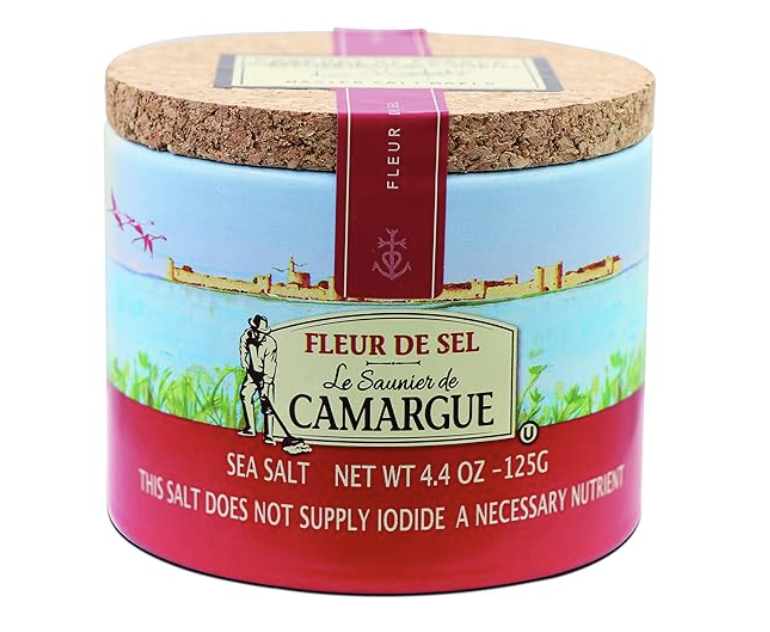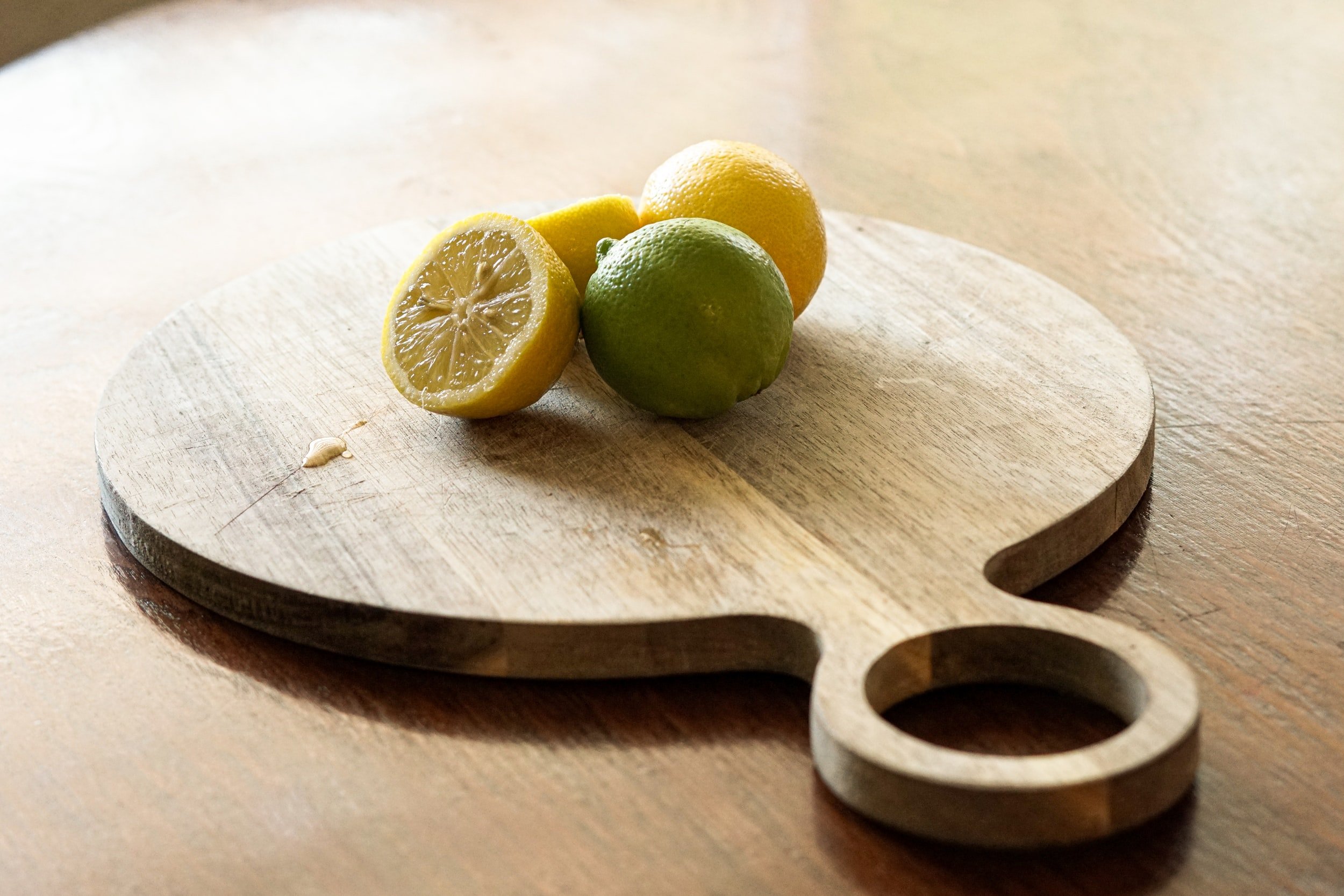Salt: Adding Spice to Life, One Grain at a Time!
Salt is one of those ingredients one doesn’t think about much until it’s not in a dish. It’s a humble ingredient for sure. Beyond its role in seasoning, salt has a rich history and diverse range of varieties waiting to be explored. But hey, how much do we really know about this magical mineral? Let's dive in and uncover its flavorful secrets!
“Always have a unique character like salt.
Its presence is not felt but it’s absence makes all things tasteless.”
Did you know throughout history salt was used as currency? In fact, the word “salary” is derived fro the Latin word "salarium," which originally referred to a Roman soldier's allowance to buy salt.
Before refrigeration, salt was used as a primary method for preserving food. It inhibits the growth of bacteria by drawing moisture out of food, thus preventing spoilage.
Salt not only enhances flavors but can also suppress bitterness. This is why it’s often used in sweet dishes, such as chocolate, to balance flavors.
It’s even great to rub away stubborn stains and remove rust from metal surfaces when combined with lemon juice or vinegar. Next time you juice a lemon use the rind to rub some salt on a wooden cutting board and voila! Deodorized, clean, surface.
If you’ve watched this video you’ll know one of the souvenirs we look for is an interesting salt. Why? It’s easy to pack, has a local story, and is great to experiment with.
Keep reading to find out about various types of salt and you’ll learn the kinds of salt we look for when traveling.
This is the most common type of salt. It’s typically finely ground and often contains additives like iodine. Table salt is used in cooking, baking and seasoning foods. In out household we don’t regularly use it unless we are brining a bird or cleaning one of our wooden cutting boards.
This type of salt has a coarse texture and is commonly used in koshering meat to remove blood. It has larger crystals than table salt, making it easier to pinch and sprinkle evenly over food. We keep a small pinch pot near the stove for convenience.
It is produced by evaporating seawater, thus minimally processed and retains trace minerals like magnesium, calcium and potassium. If we are traveling anywhere near an ocean one can usually find a locally produced sea salt if you keep your eyes open. Every area has different mineral content and thus each one will taste a bit different.
Mined from ancient salt deposits in the Himalayan mountains, this salt gets its distinctive pink hue. Himalayan salt contains 84 essential trace elements which your body needs to function properly. But buyer beware. Look for a certification of authenticity if you want the real deal.
French for “flower of salt”, is hand-harvested sea salt known for its delicate flavor and moist texture. It is prized by chefs for its subtle brininess. It makes a great finishing salt to sprinkle over your plated dinner. Its actually one of our favorite salts to use and to gift.
Originating from South Asia, black salt has a distinctive sulfurous aroma due to its sulfur content. If you have an international grocery store nearby it’s easy to find in the Indian section as it’s often used in Indian cuisine to add an eggy flavor to dishes like chaat and tofu scrambles. It’s worth adding to your arsenal and ads a bit of whimsy to deviled eggs etc.
This type of salt is infused with smoke from various woods, imparting a rich, smoky flavor. We enjoy the added depth of flavor to grilled meats, vegetables and even the occasional dessert.
So there you have it. Now you are a salt expert.
Next time you are traveling take a spin down a grocery store aisle or farmers market and keep your eye out for an unusual salt to bring home or gift to a special friend.
Go ahead, sprinkle, savor — after all, life’s too short for bland meals so add a little 🧂✨
*if you can’t find the variety you crave follow the links to our favorites. But, head’s up; these are affiliate links but we only share what we absolutely LOVE. Be sure to check out our affiliate policy if you have any questions.
You might enjoy these posts…
Like this article? You’ll love our weekly email digest!



















